We’ve all been there. Happily chomping through the shiny exterior of a beautiful red delicious, only to encounter a sad mealy mouthful. Or maybe impulse buying an out-of-season mango because it was on sale, and why not, I’m an adult. Only to later discover, (after laboriously peeling and chopping of course), that the underripe flesh inside is a much more sour and chalky consistency than the tropical refreshment imagined.
It’s easy to become dissuaded from buying fresh produce because of the simple difficulty of just not knowing. After all, a package of Double-Stuffed Oreos will pretty much taste the same if you buy them tomorrow or two months from tomorrow. (At least until the apocalypse.)
So what are smoothie-bowl-lovers and juicers alike, to do?
Not to worry! After finally sitting down with my own mother, who has a sixth-sense-like-instinct for the ripeness of foods, we came up with a few simple ways to determine the ripeness of your purchases.
Apples
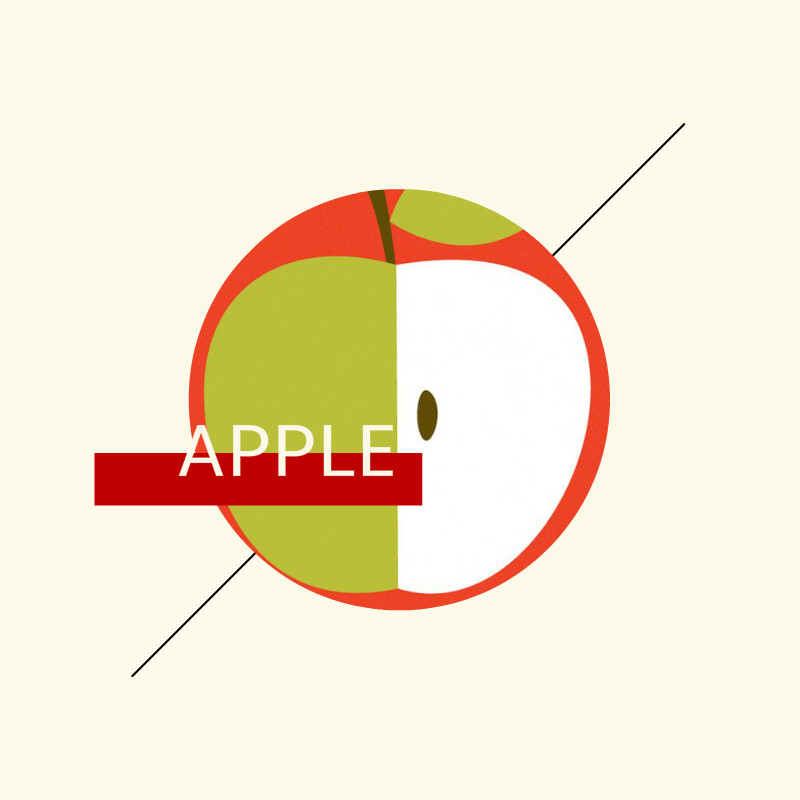
Graphic by Christopher David Ryan, Arrangement by Kristen Rehberger
A ripe apple should feel solid and firm with tight skin that doesn’t “crawl” or wrinkle when touched. Avoid bumps and bruises as they may indicate that the fruit is past its prime.
Season: Year round availability
Best to buy: August-November
Avocados
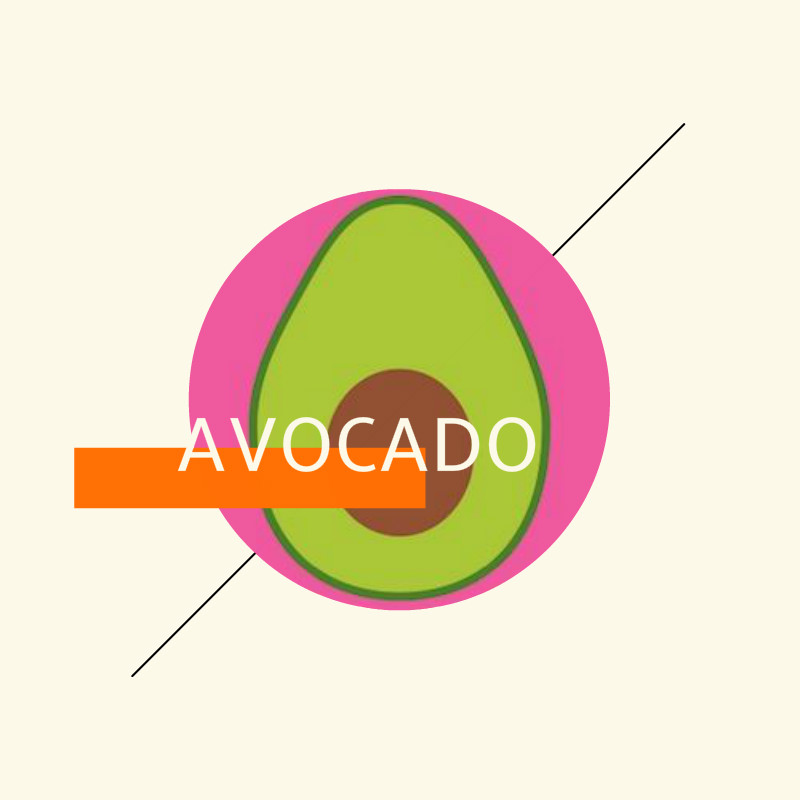
Graphic by Lana Z Porter, Arrangement by Kristen Rehberger
Because of the variety of avocados available (and the overwhelming popularity of guac and avocado toast), the most reliable way to test for ripeness is by using the palm of your hand. The fruit should feel soft to the touch but not mushy. The consistency, according to Mom, is described as “a slightly firmer memory foam.”
Another test to run is to pluck off the stem at the bottom and check the color. You’re looking for a vibrant green. If it’s tinged with yellow, you have a few days to wait. Tinged with brown and you may want to check out these recipes: Dark Chocolate Avocado Truffles, Creamy Vegan Avocado Pesto Sauce, and Vegan Avocado Mango Smoothies.
Season: Year round availability
Blueberries

Graphic by Lana Z Porter, Arrangement by Kristen Rehberger
Generally, ripe blueberries appear big and deep blue with a gentle dusting of gray. Unripe ones will be hard and tinged with red or pink. These are sour in flavor and should only be used immediately in recipes that rely on extra sugar. Common sense is best for avoiding overripe berries. These are the ones usually at the bottom or corners of the container and may be wrinkled, bear fuzzy mold, or be leaking slightly.
Season: Depending on the store, year round availability
Best to buy: May-August
Blackberries
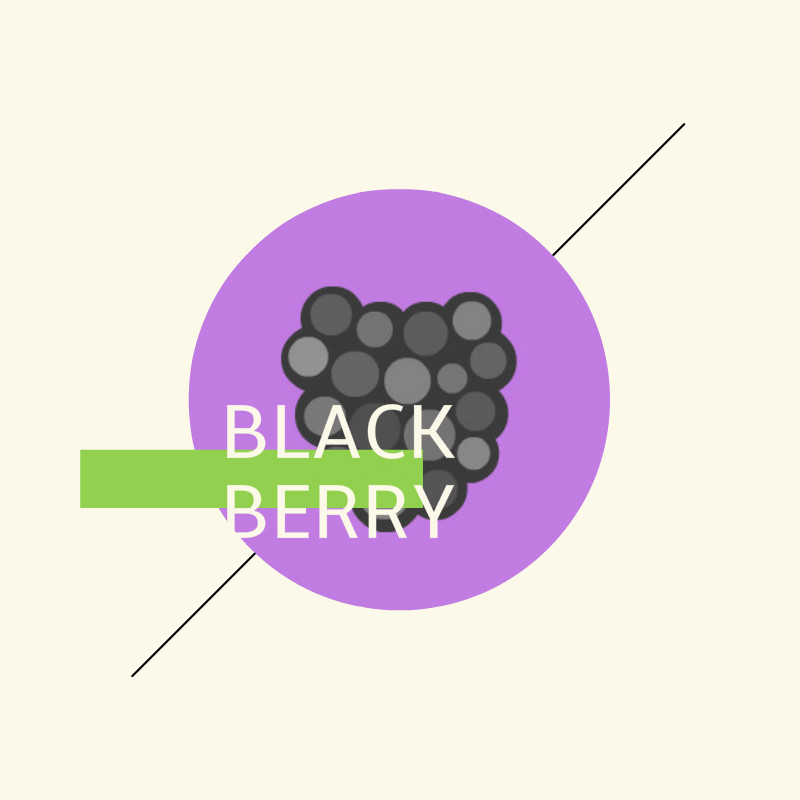
Graphic by Kristen Rehberger
BUY THESE IN SEASON. Unlike many others, blackberries do not continue to ripen after being picked. Being a very fragile fruit, they tend to spoil easily and should be eaten within two refrigerated days of being purchased. Although a little trickier to differentiate between sour and sweet, ripe blackberries will have a smooth, stemless appearance with little to no red in sight. Just as with blueberries, if any are moldy or squashed in the container at the store, they are most likely on their way out.
Season: May-October
Best to buy: June-October
Cantaloupe

Graphic by Lana Z Porter, Arrangement by Kristen Rehberger
No need to feel self-conscious by giving it a sniff in-store. Both the stem and blossom parts at either end should smell sweet, (however if it’s almost a sickly sweet, the fruit is probably overripe). It should also give a bit when pressed gently. It will feel heavier than it looks, and sound hollow when tapped as well.
Season: Year round availability
Best to buy: For full flavor, grab one from June-August
Cherries

Graphic by Kristen Rehberger
Stems should still be attached and the flesh will have darkened to a deep crimson. If you give one a poke through the bag and the flesh is firm, you’re good to go. Soft cherries without their stem, or ones that appear almost purple, may be too ripe.
Season: April-July
Kiwi

Graphic by Lana Z Porter, Arrangement by Kristen Rehberger
These fuzzy friends will have an evenly colored brown skin when ripe. When held and (very) gently pressed with a thumb, the fruit will give way. If not, wait for it to ripen a few days before digging in.
Season: August-April
Best to buy: August-December
Lemon/Lime
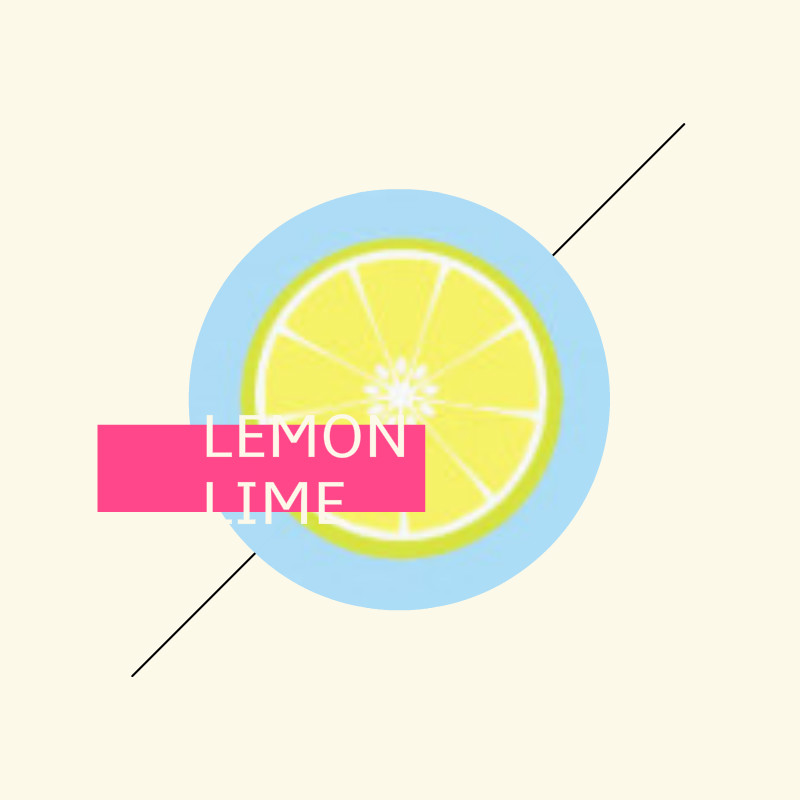
Graphic by zazzle.com, Arrangement by Kristen Rehberger
No matter what DJ Khaled says, when it comes to these acidic fruits, weight is the true key. Heavier = juicier. Neither should have wrinkled or rough skin, but instead, should be firm to the touch. Lemons will be a bright yellow color with no hint of green, and limes will have ripened from a dark green to a lighter, sometimes yellow-green.
Season: Lemons know no season and are wonderful year round
Best to buy: Limes are best from September-April
#SpoonTip: Meyer lemons are different in that they are much more seasonal than their regular counterparts, and are available December through May. Ripe when dark yellow to orange skin, they also appear smaller and are much sweeter.
Mangoes

Art by http://www.zazzle.com Arrangement by Kristen Rehberger
The color of mangos does NOT indicate ripeness. Instead, they usually smell sweeter near the stem and perfect-to-eat mangos will always be soft enough to visually retain the imprint of a finger prod.
#SpoonTip: Mangos share the same botanical family as poison ivy and poison oak. But before you go ~innocently~ gifting mangos to your lazy lab partner, know that typically this ailment known as ‘mango mouth,’ is usually just a light numbing sensation after biting into the outer skin.
Season: Year round availability
Best to buy: Mexican and Floridan mangos (the most common) are best May-September
Blood Oranges
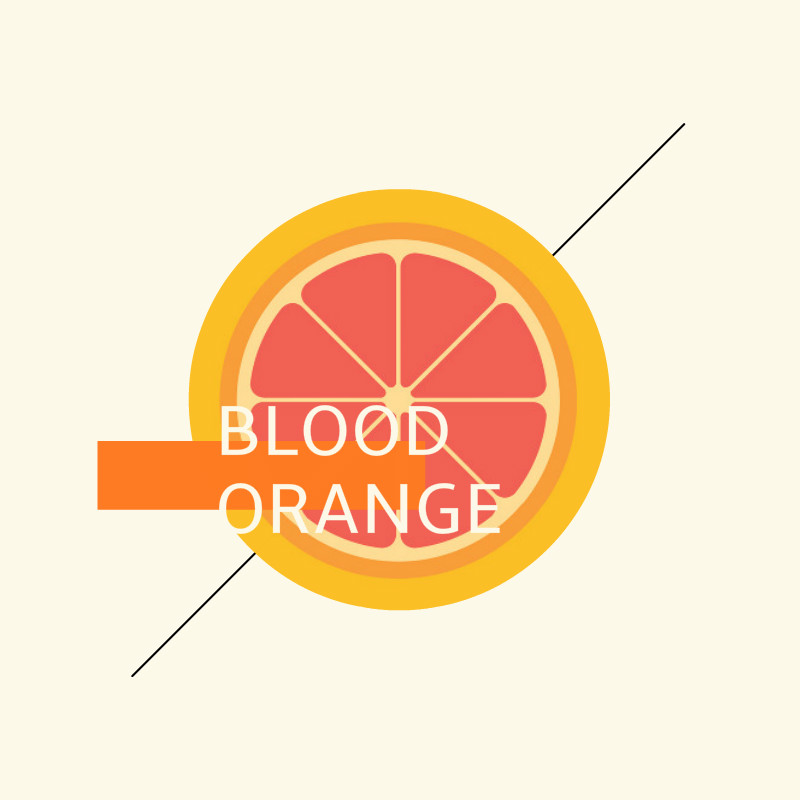
Graphic by Lana Z Porter, Arrangement by Kristen Rehberger
Although blood oranges sound crazy intimidating, they actually get their iconic red innards’ color from the same pigment as raspberries. Although the chemical compound has no flavor alone, blood oranges have a more mild acidity that is comparable to the berries. Regular oranges on the other hand have the familiar, sharp flavor offered by dining halls across America. Both should be heavy regardless, (remember weight is key), and have a brightly colored skin that is firm without being leathery.
Season: Just like lemons, oranges are fabulous year round
Peaches
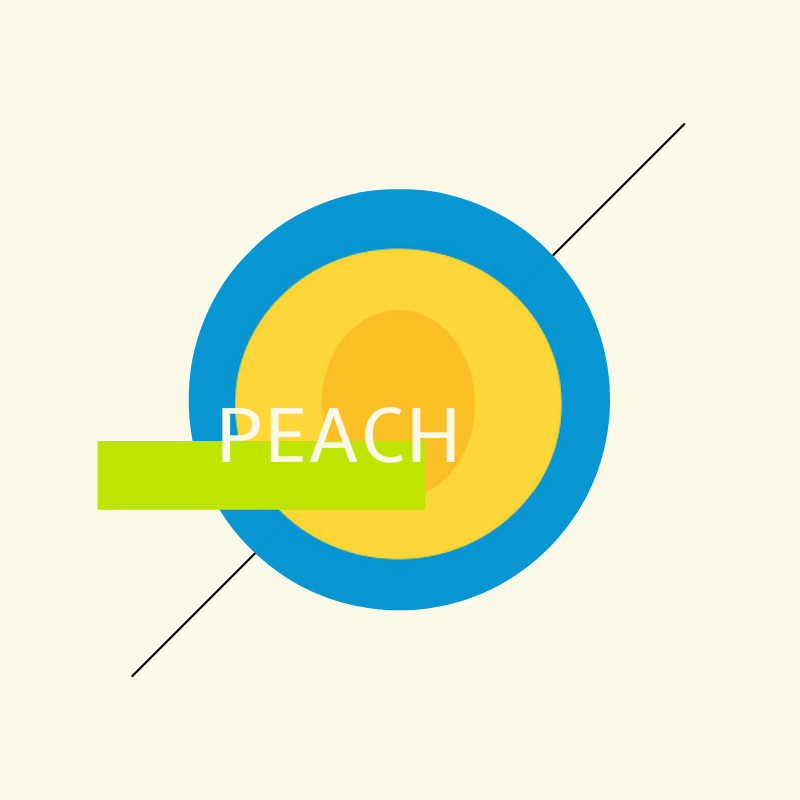
Graphic by Lana Z Porter, Arrangement by Kristen Rehberger
Not to be confused with their hairless nectarine friends, peaches will appear slightly fuzzy and soft. Tender to the touch, they should have no green near the stem and be as fragrant as they taste. With a typical supermarket peach, the part in direct contact with the sun as it grew will be red, whereas the rest will be a light orange or yellow. You’re looking for a slightly skewed ratio of more red than orange. It is worth noting that other species of peaches may not rely on color, white peaches being a primary example, but they will always be soft to touch when ready to eat.
Season: May-October
Best to buy: Mid-late summer
Pineapple

Graphic by zazzle.com, Arrangement by Kristen Rehberger
Lovingly known as the diva of fruits, pineapple aficionados know the dark secrets this sunny-yellow fruit hides. Shocking revelations aside, this spiky snack is surprisingly easy to tell when ripe. You’re looking for a sweet smell, as vinegary is overripe and no smell is underripe. Leaves will be a healthy green and if squeezed, it will give very slightly. Although public opinion appears crazy conflicted over plucking a leaf as a ripeness test, the sad truth is that this method reveals nothing more than your gym habits.
Season: Year round availability
Best to buy: April-May
Raspberries

Graphic by Kristen Rehberger
Similar to blackberries in terms of fragility and price, raspberries are best eaten right away. Bright red colors with intact skin are your best bet for a tart flavor. When buying them, be sure to keep a lookout for dented, squashed or moldy berries near the bottom corners of the package.
Season: May-November
Strawberries

Graphic by iconfinder.com, Arrangement by Kristen Rehberger
By now it’s pretty clear that your nose doesn’t lie when it comes to fresh fruit. The same goes for picking sweet strawberries. However, nothing against sour strawberries, they are fantastic at cutting through richness. If you’re at all like me, and trust your nose less, a good visual check is looking under the leaf at the shoulders of the fruit. Anything white or green is underripe. Last but not least, the leaves themselves should look dark green and healthy, not faded or dried out.
Season: Definitely a summer fruit but most stores will stock them year round
Best to buy: April-October
Watermelon
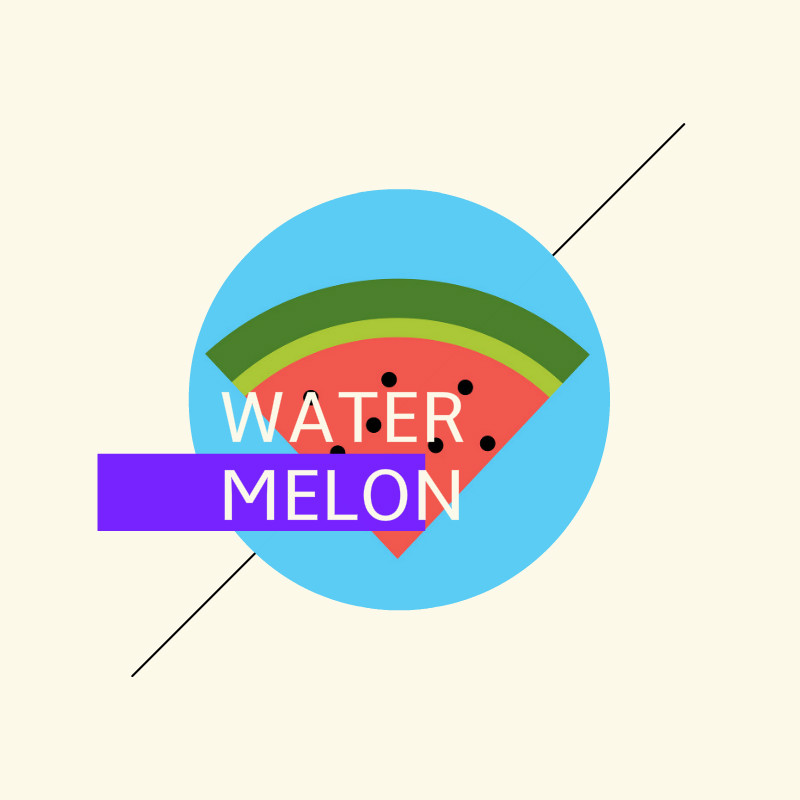
Graphic by Lana Z Porter, Arrangement by Kristen Rehberger
One of my personal favorites, watermelon represents summer, and I have been known to inhale an entire half in one sitting. Unfortunately, if not in season, picking one perfectly ripe can be tricky. Buying during those warm summer summer months is particularly important here, because checking for a slightly sweet smell and heavier fruit will only get you so far. (May the melons be ever in your favor.)
Season: April-November
Best to Buy: May-August


